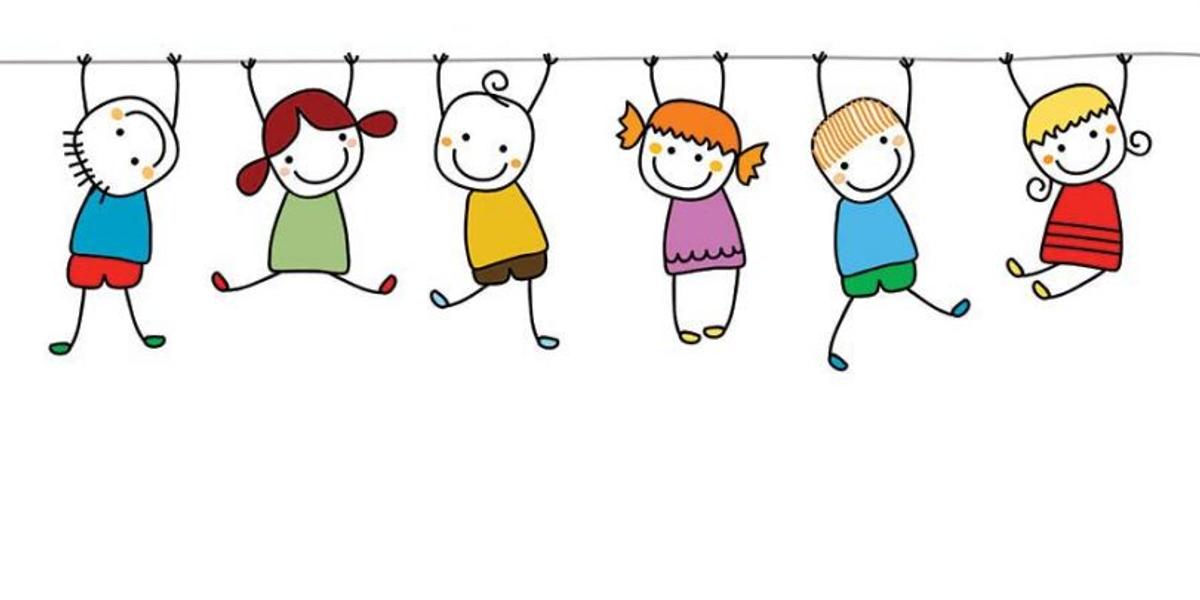Wellbeing

Body Image
Body image is a broad concept that refers to the way people think and feel about their appearance. It encompasses ideas about size and shape, skin colour, birthmarks, scars, facial features, clothing and adornments related to personal religious beliefs, physical disabilities, and the use of equipment and aids like prostheses or wheelchairs. There are a range of factors that contribute to a child’s body image, and messages from family members, other important adults, peers and the media all play a significant role.
Why is positive body image important?
Positive body image helps children to feel good about themselves and supports their mental health and wellbeing in childhood and beyond. Children with a positive body image are comfortable with their physical appearance and are more likely to think about their body in terms of its functionality rather than its form – that is, they focus mostly on the way their body helps them to do the things they want to do like playing sport, climbing trees or walking the dog, rather than how their body looks. Children with positive body image might not be completely satisfied with their appearance, but they concentrate on assets rather than flaws. This way of thinking contributes to a positive sense of self-worth. It helps children to detect and fulfil the body’s needs, which means they might be more likely to appreciate the value of exercise and make healthy food choices that help the body to perform well. Unfortunately, it is common for both boys and girls to experience negative thoughts or feelings about their appearance or dissatisfaction with the way their bodies look .
When children have issues with self-worth and body image, they are at an increased risk for developing unhealthy attitudes to eating and issues with dieting as well as low mood. Evidence suggests that low self-worth and body dissatisfaction might play a role in the development of serious mental health issues like depression and eating disorders in adolescence and beyond.
What can primary schools do to promote positive body image?
Schools might like to use these strategies to help build positive body image in children.
- Develop effective policy and practices that prescribe appearance-related teasing and bullying, and support children who are teased or bullied as a result of their appearance, body size or shape, or ethnicity.
- Support children to develop a strong sense of self and skills to buffer unhelpful messages about body image.
- Display posters and other materials that reflect the diversity of students in terms of body shape, size and ethnicity – that is, ensuring the school or early childhood environment is welcoming to children and families, regardless of appearance.
- Provide education on fitness and nutrition that has a positive focus on energy, fun, social connection and health, rather than a negative focus on weight and dietary control.
- Ensure food served in schools is nutritious and balanced, including meals and snacks served within school facilities like tuckshops or vending machines, as well as at events such as fundraisers and sports days.
- Provide information for families in the school or service newsletter or on the website that looks at how to support children to develop a positive body image and a strong sense of self.
- Learn to recognise the early signs of body dissatisfaction and disordered eating and refer children and their families to health professionals accordingly.

